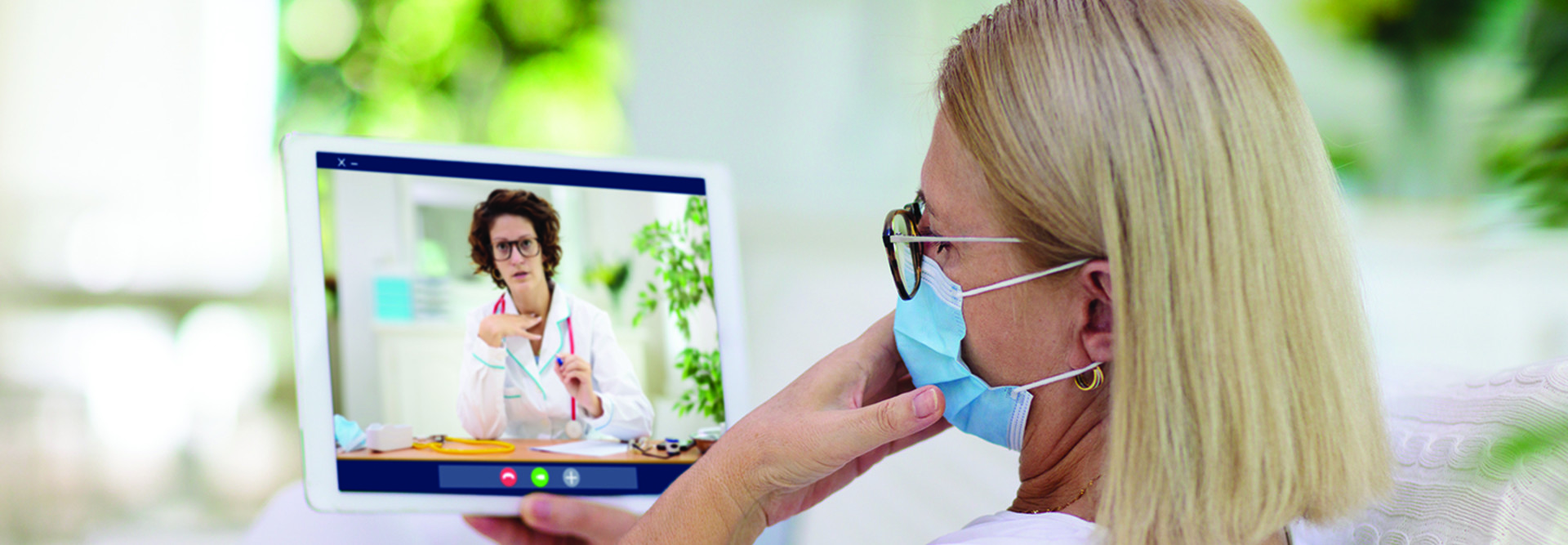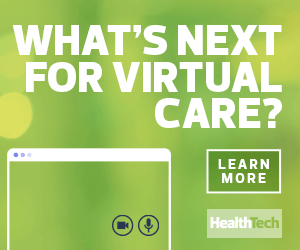Even though many senior care providers were able to roll out some type of telehealth solution in recent months, the efforts must be positioned to grow and evolve.
“We already knew this was a great option,” said Judy Collett-Miller, director of innovation technology at Parker Health Group, a New Jersey aging services organization that offered limited telehealth services before the pandemic. “These circumstances forced decisions quicker.”
She offered insights in a panel with Brett Ortega, vice president of community technology at HumanGood, a California-based operator of 22 senior care communities.
1. Consider a Variety of Tools to Connect Patients and Physicians
Housing services providers newly adapting to virtual care vary in their approach. Teams at Parker expanded fleets of telehealth carts in some buildings; others received iPad devices. HumanGood residents, on the other hand, were allowed to use their own tools.
In both cases, success hinged upon using easy-to-use platforms. Parker staff relied on Skype and Zoom in addition to its existing telehealth service, and HumanGood IT teams developed a purpose-built app for resident devices to connect with caregivers.
2. Educate Every Person Who Will Support or Receive Virtual Care
It’s a mistake to assume all clinical teams are tech savvy. Make it a priority, Collett-Miller said, to have a dedicated staffer for sharing technical (and procedural) details across the organization — and to provide a clear point of contact if problems arise.
“Find that physician and nurse ‘champion’ who gets it,” she said. “Even if they don’t have deep experience but they’re enthusiastic, they’re going to drive it.” Still, Ortega said, the core planning should involve an organization’s IT, clinical and legal teams.
TELEHEALTH’S LEGAL FUTURE: 3 post-pandemic predictions all providers should know.
3. Monitor and Thoroughly Clean All Mobile Telehealth Devices
As portable devices are shuttled throughout a residence to provide vital services, it’s important to keep tabs on all tools. HumanGood uses the Cisco Meraki solution to upload apps to hundreds of building-owned devices and track their whereabouts.
It’s just as important to clean the mobile devices between visits. “Build the cleaning process into the program from the beginning, not as an afterthought,” Ortega said, noting that his teams segregate where devices are used to avoid cross-contamination.
4. Leverage Health Data to Evolve Your Telehealth Program
As your virtual care program grows, it’s key to identify and document use patterns and areas of need. Two telehealth platforms used at Parker integrate with the organization’s electronic health record, which provides actionable data on visit types and outcomes.
Protocol at Parker encourages caregivers to use virtual care for preventive and less-urgent medical visits. Said Collett-Miller: “People sometimes think telehealth is for acute episodes only, and it’s definitely not. You can get ahead of things so much earlier.”













